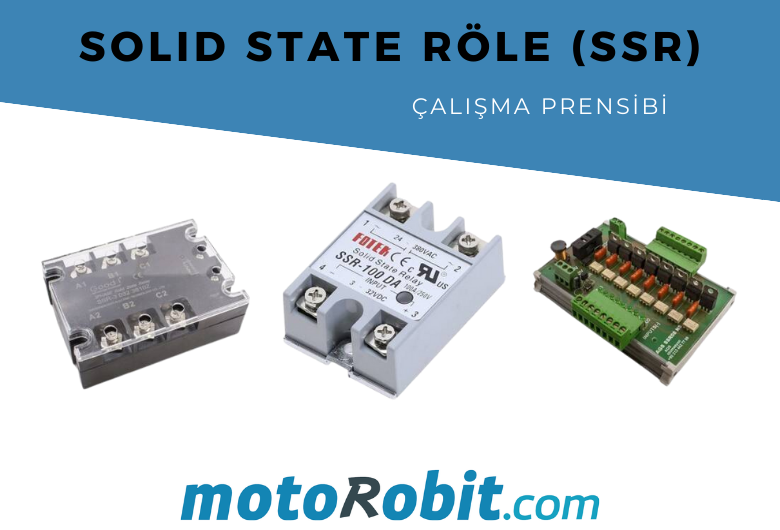
Introduction
A solid state relay is an electrical circuit that offers faster, more durable, and more reliable switching solutions compared to traditional electromechanical relays. In this article, we will explore the working principles, advantages, and various application areas of solid state relays.
Working Principle of Solid State Relay
Solid state relays, unlike electromechanical relays, do not contain moving parts. Instead, they use a circuit controlled by semiconductor devices, typically triacs or other semiconductor switching components. The basic working principle involves the following steps:
- Input Signal Detection: The solid state relay receives an input signal, which is typically low current and low voltage.
- Semiconductor Switching: The input signal is controlled through semiconductor switching components. These components are typically semiconductor devices like triacs, SCRs (Silicon Controlled Rectifiers), or MOSFETs.
- Switching Output: As a result of semiconductor switching, the solid state relay opens or closes the output circuit, allowing the passage or interruption of load current.
- Power Control: The solid state relay consumes very little power during operation and is often used only to amplify the control signal.
The internal structure of Solid State Relays in AC and DC input signals is shown below.
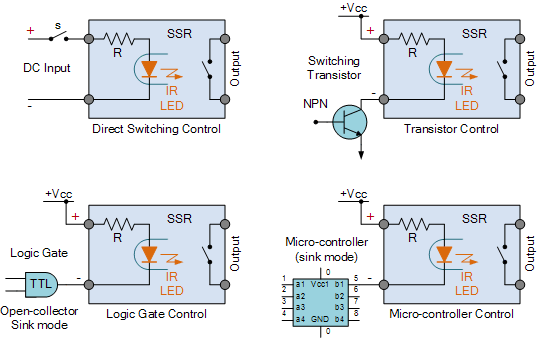
Advantages of Solid State Relays
- Fast Switching: Solid state relays provide much faster switching compared to electromechanical relays. This feature is important in time-sensitive applications.
- Durability: Since they do not contain moving parts, solid state relays are more durable with less wear and tear, resulting in longer lifespans.
- Low Power Consumption: Solid state relays offer energy efficiency with low power consumption.
- Low Noise Levels: There are no noise levels due to magnetic field changes, as in electromechanical relays, resulting in quieter operation.
Applications of Solid State Relays
- Industrial Automation: Solid state relays are widely used for fast and reliable switching in factories, production lines, and industrial automation systems.
- Power Electronics: In power electronics applications, especially inverters, power supplies, and motor drives, solid state relays are used.
- Building Automation: In building automation systems, solid state relays are preferred for many applications such as lighting control, HVAC systems, and security systems.
- Medical Devices: Due to their precise and fast switching capabilities, solid state relays are frequently used in medical devices, laboratory equipment, and other healthcare technologies.
You can view and purchase Solid State Relay models available on our website.
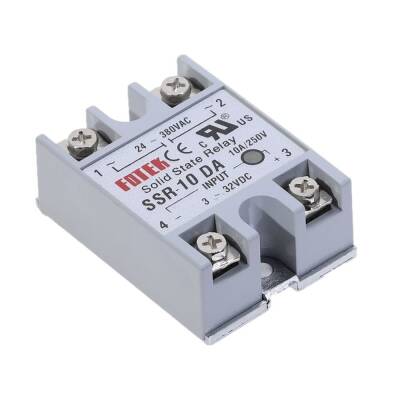
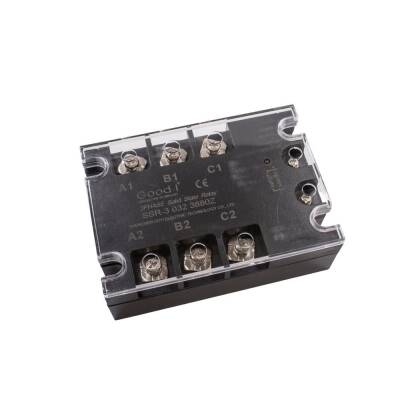
Conclusion
Solid state relays offer a modern and efficient solution for switching in electrical circuits. Their fast, durable, and energy-efficient nature makes them preferred in many industrial and commercial applications. As electrical control systems continue to evolve, the importance and applications of solid state relays are increasing.

Differences Between Li-ion and Li-Po Batteries: Which Battery is Suitable for Which Project?
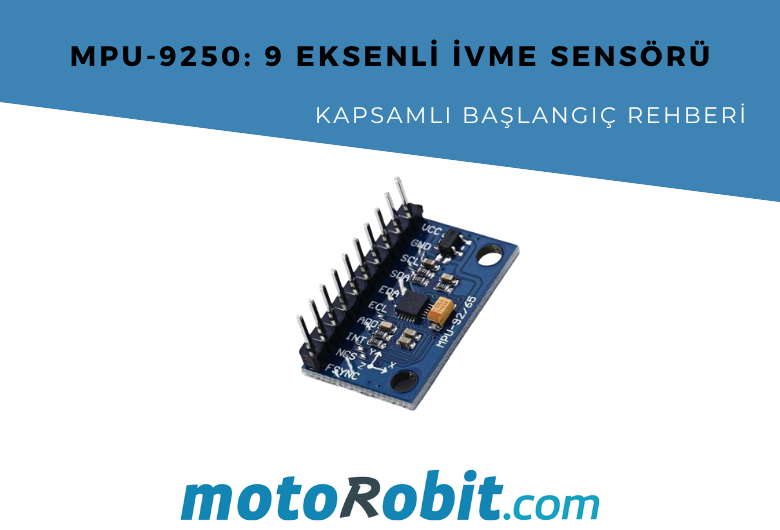
MPU-9250: 9-Axis Acceleration Sensor - A Comprehensive Beginner's Guide

What is ULN2003 ?
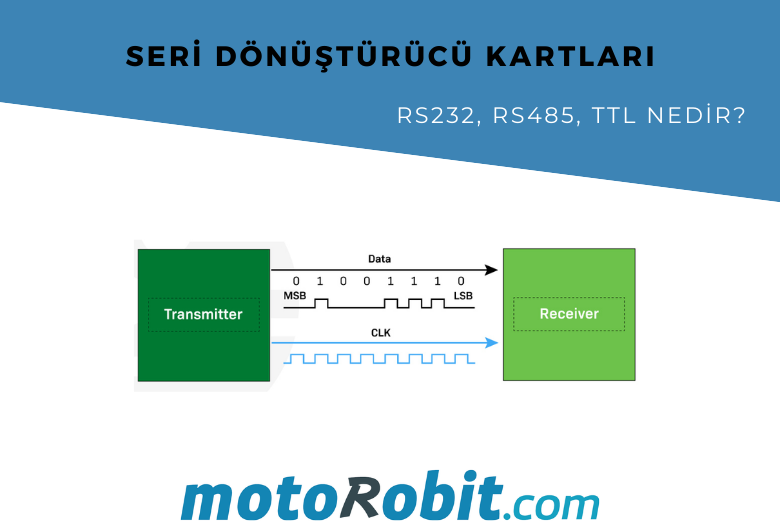
What are Serial Converter Cards (RS232, RS485, TTL)
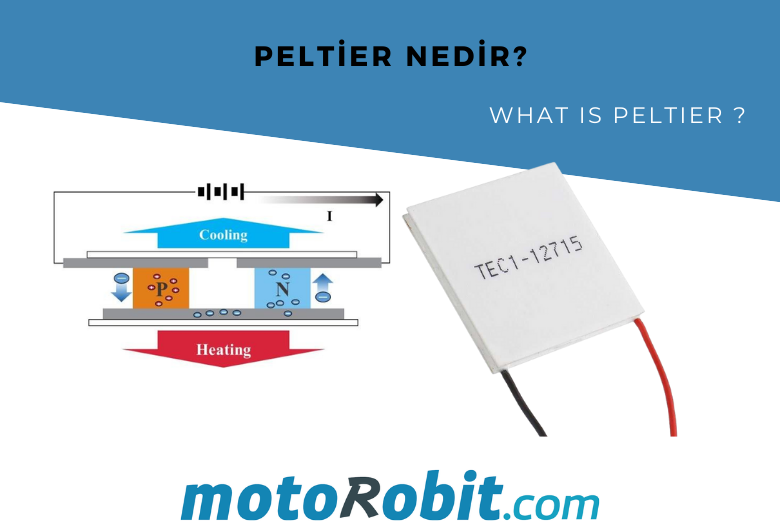
What is Peltier and What is its Working Principle?

.png)